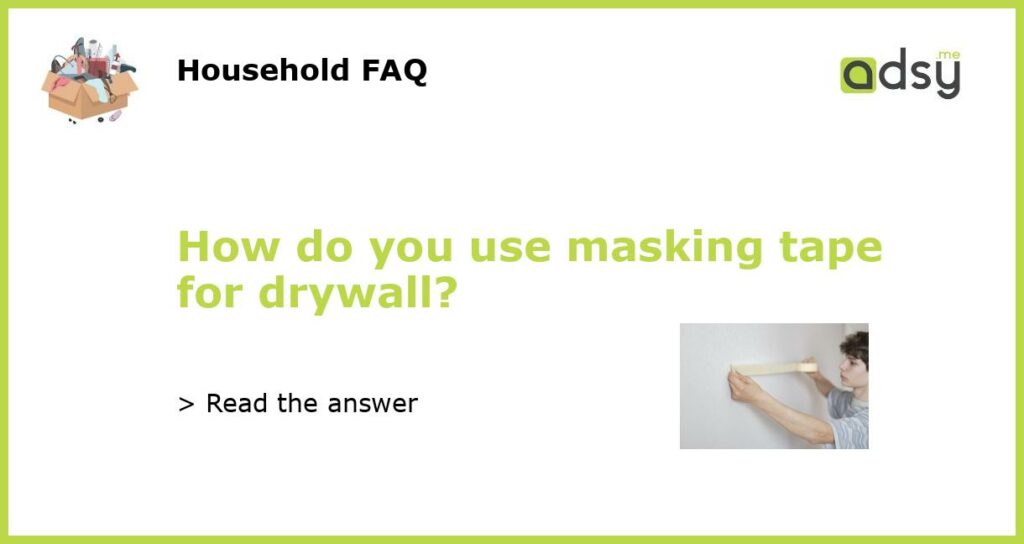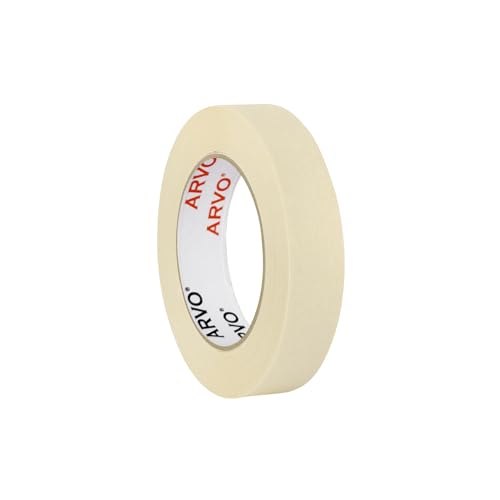What is masking tape for drywall?
Masking tape for drywall is a type of adhesive tape that is commonly used in the construction industry. It is especially useful when painting walls or ceilings, as it can be easily applied and removed without damaging the underlying surface. Unlike other types of tape, such as duct tape or electrical tape, masking tape is designed to be low-tack, which means it can be removed without leaving any residue.
Preparing the surface for masking tape
Before using masking tape, it is important to prepare the surface that you will be applying it to. The surface should be clean, dry, and free from any dust or debris. If there is any loose paint or other materials on the surface, it should be removed prior to applying the tape. You can use a drywall sanding sponge to smooth the surface and remove any bumps or rough spots.
Using masking tape for drywall
When using masking tape for drywall, it is important to apply it carefully and evenly. Start by placing one end of the tape on the surface that you want to mask, and then slowly unroll the tape while pressing it down firmly with your fingers. Make sure that the tape is aligned straight and that there are no bubbles or creases. For best results, apply the tape at a slight angle, rather than straight across the surface.
Removing masking tape from drywall
After you have painted or finished your project, it is important to remove the masking tape carefully to avoid damaging the drywall. To remove the tape, start at one end and gently pull it away from the surface at a 45-degree angle. Do not pull the tape straight up, as this can cause the tape to stretch and tear. If you notice any residue or adhesive left on the surface, you can use a mild cleaner or rubbing alcohol to clean it off.
Tips for using masking tape for drywall
Here are some tips to keep in mind when using masking tape for drywall:
- Use high-quality masking tape to ensure that it sticks to the surface and removes cleanly.
- Apply the tape to the surface just before you are ready to paint or finish your project. Leaving the tape on for too long can cause it to lose its tackiness.
- When painting, use a small brush to paint along the edges of the tape to prevent the paint from bleeding through.
- If you are applying multiple layers of paint, wait for each layer to dry before removing the tape to avoid smudging the paint.
- If you are masking around corners or edges, use a putty knife or other straight edge to press the tape down firmly and create a clean, crisp line.






